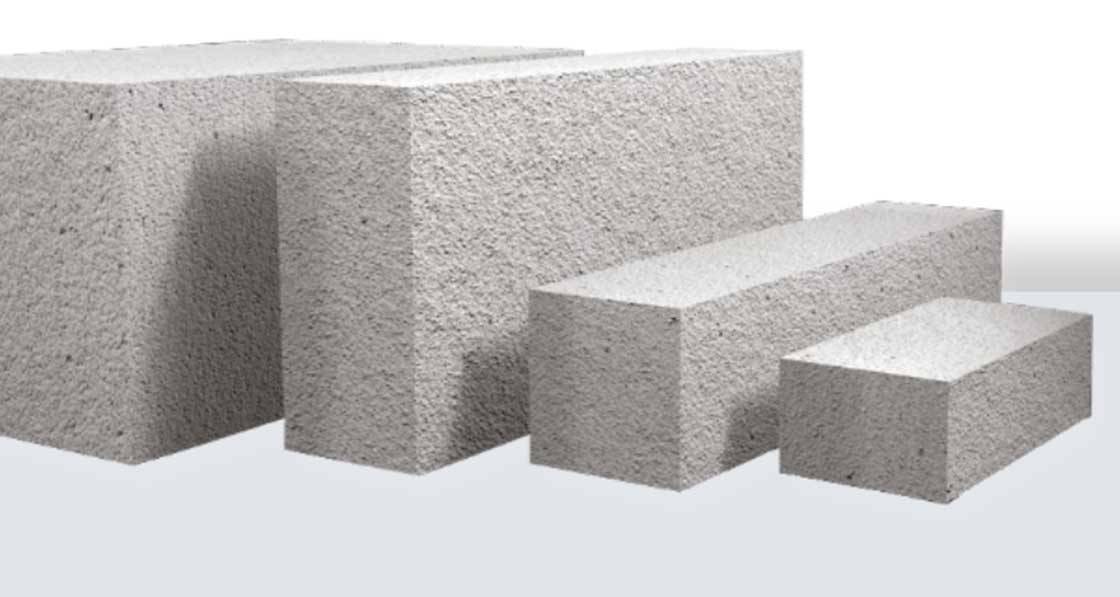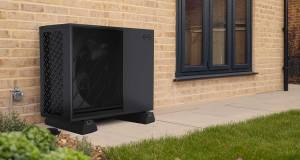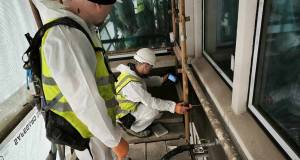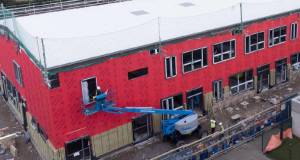
- Marketplace
- Posted
Save energy by using Aircrete for the whole inner leaf - Mannok
Mannok’s Aircrete blocks are often specified at the wall-to-floor junction to tackle thermal bridging, but specifying them for the entire inner leaf of a cavity wall can yield significant energy savings and an improvement in comfort, according to the company.
This article was originally published in issue 37 of Passive House Plus magazine. Want immediate access to all back issues and exclusive extra content? Click here to subscribe for as little as €10, or click here to receive the next issue free of charge
“If you’re serious about tackling thermal bridging, it is necessary to apply the same solution to all junctions to reduce heat loss,” said Jason Martin, product specification manager with Mannok. “This can result in a patchwork effect of different block types when mixing Aircrete and dense concrete blocks in the wall.”
“The much more straightforward solution is to simply build the entire inner leaf of the cavity wall with Aircrete blocks. This one simple switch addresses thermal bridging almost by default, ensuring up to 80 per cent less heat loss through junctions within the building fabric whilst at the same time improving the overall U-value of the wall.
“In addition, it makes life much easier for the builder: there’s no mixing different types of blocks, no switching from one to another at different locations, which will reduce the risk of errors or omissions and eliminate the potential for differential movement between different block types.”
As well as greater efficiency, Jason Martin also said that the homeowner can look forward to a faster heating response. “Thanks to their insulating properties, Aircrete blocks absorb heat from the room at a slower rate than denser materials so when the heating is switched on, the home will reach the desired temperature quicker than if the walls were built with heavier concrete blocks, but all the while maintaining a level of thermal mass which will capture and store ambient heat through south-facing glazing.”
According to Mannok, while the cost difference will vary by property, it is generally a very small percentage of the overall build, and will be offset quickly by the resulting energy savings. Jason Martin continued: “Looking at a 2,000 square foot bungalow as an example, the additional cost to upgrade from using Aircrete blocks to tackle thermal bridging in all junctions, to building the entire inner leaf with Aircrete blocks, will typically be less than €1,000. In many cases the net result can in fact be cost neutral with the support of the Mannok technical team to advise on specification and provide relevant calculations, making it an appealing option for self-builders and developers alike.”
Related items
-
 New Ejot profile cuts thermal bridging losses by 25mm insulation equivalent
New Ejot profile cuts thermal bridging losses by 25mm insulation equivalent -
 Build Homes Better updates Isoquick certification to tackle brick support challenge
Build Homes Better updates Isoquick certification to tackle brick support challenge -
 Ecological Building Systems expands UK and Irish straw panel construction with EcoCocon deal
Ecological Building Systems expands UK and Irish straw panel construction with EcoCocon deal -
 Grant’s Aerona R290: A next-gen heat pump designed for the Irish climate
Grant’s Aerona R290: A next-gen heat pump designed for the Irish climate -
 Historic Dublin building retrofitted with cutting edge insulation
Historic Dublin building retrofitted with cutting edge insulation -
 Proctor gains ground with Scottish passive schools
Proctor gains ground with Scottish passive schools

